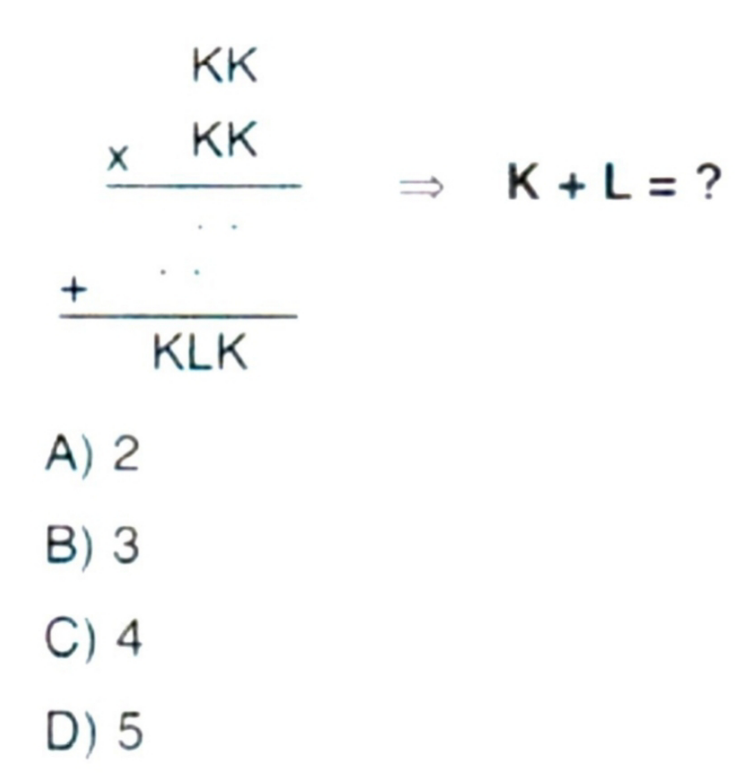
OthersQuestion and Answers: Page 20
Question Number 184185 Answers: 1 Comments: 0
Question Number 184184 Answers: 1 Comments: 0
$$\mathrm{y}=\left(\mathrm{sinx}\right)^{\mathrm{x}} \\ $$$$ \\ $$$$\mathrm{Differentiate} \\ $$
Question Number 184126 Answers: 1 Comments: 0

Question Number 184125 Answers: 0 Comments: 0

Question Number 184048 Answers: 5 Comments: 0
Question Number 184030 Answers: 1 Comments: 0
Question Number 184028 Answers: 0 Comments: 0
Question Number 184010 Answers: 0 Comments: 3
Question Number 183913 Answers: 0 Comments: 0

Question Number 183737 Answers: 2 Comments: 0

Question Number 183687 Answers: 3 Comments: 0
Question Number 183667 Answers: 0 Comments: 8
Question Number 183600 Answers: 1 Comments: 3
Question Number 183465 Answers: 1 Comments: 0
Question Number 183464 Answers: 2 Comments: 0
Question Number 183211 Answers: 1 Comments: 0
Question Number 183210 Answers: 1 Comments: 0
Question Number 183209 Answers: 1 Comments: 0
Question Number 183117 Answers: 2 Comments: 0

Question Number 183101 Answers: 1 Comments: 3
Question Number 183073 Answers: 2 Comments: 0
Question Number 183135 Answers: 1 Comments: 0

Question Number 183039 Answers: 1 Comments: 0
Question Number 183038 Answers: 1 Comments: 0
Question Number 183036 Answers: 1 Comments: 0
Question Number 182984 Answers: 2 Comments: 0
